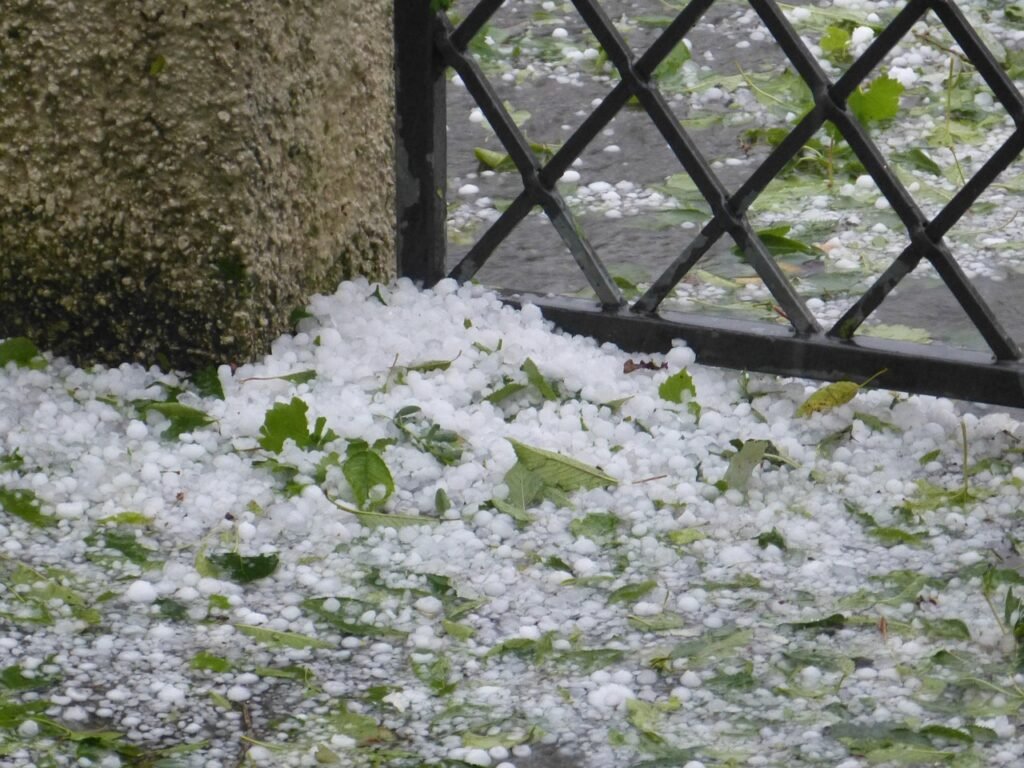When nature flexes its muscles, Texans have front-row seats to some of the most incredible displays of atmospheric fury on Earth. From ice chunks the size of grapefruits plummeting from angry skies to storms that literally reshape entire communities, the Lone Star State has witnessed hailstorms so intense they’ve become the stuff of local legend. Texas isn’t just known for its BBQ, cowboy culture, and football – it’s also the hailstorm capital of the United States. With more hailstorms than any other state, Texas sees it all: record-breaking hailstones, astronomical property damage, and billions in insurance claims.
These aren’t just weather events that briefly inconvenience your morning commute. We’re talking about phenomena that leave entire cities looking like war zones, create billion-dollar cleanup bills, and spawn stories that get passed down through generations. Texas is part of “Hail Alley,” a notorious region stretching from Texas to the Dakotas. Thanks to its unique weather patterns – think warm, humid Gulf air colliding with cold fronts – Texas is a prime target for large, frequent hailstorms.
The Mayfest Massacre That Changed Everything
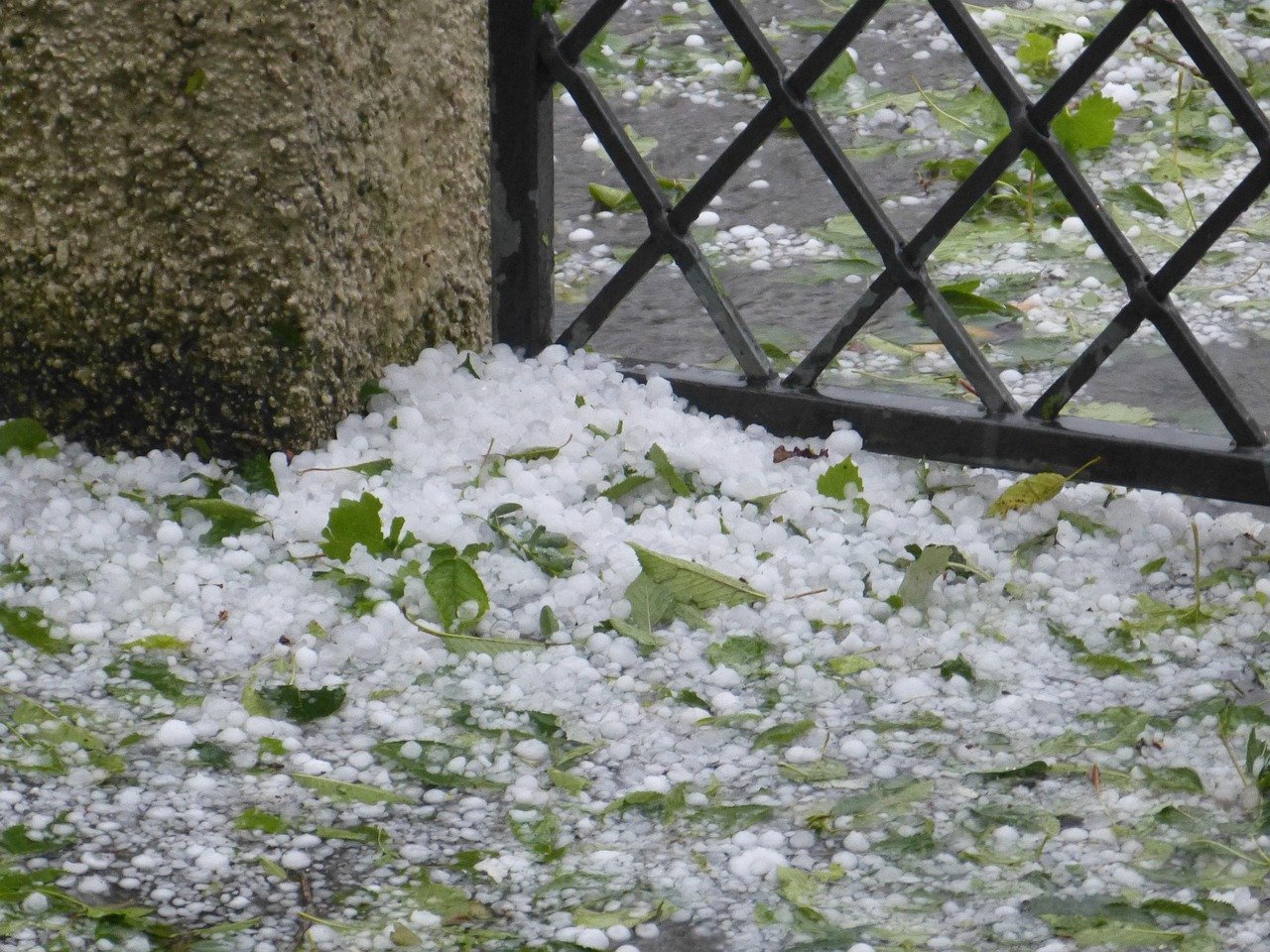
Picture this: thousands of families enjoying an outdoor festival in Fort Worth when the sky suddenly turns black and unleashes a frozen apocalypse. The Mayfest Storm was the first hailstorm to exceed $1 billion in damage and, at the time, was the costliest non-tornadic storm in U.S. history. The hailstorm rained down on the Fort Worth Mayfest, an annual four-day outdoor festival, battering roughly 10,000 people in attendance and hospitalizing over 60 people.
The so-called Mayfest Hailstorm that pummeled Tarrant and Dallas Counties (Dallas–Fort Worth) in Texas on May 5, 1995, caused an estimated $2 billion in damage (USD 2020). This storm didn’t just break records – it shattered them into a million pieces, quite literally. The festival-goers who experienced this nightmare still tell their children about the day Mother Nature crashed the party with ice bombs from heaven.
San Antonio’s Grapefruit-Sized Nightmare
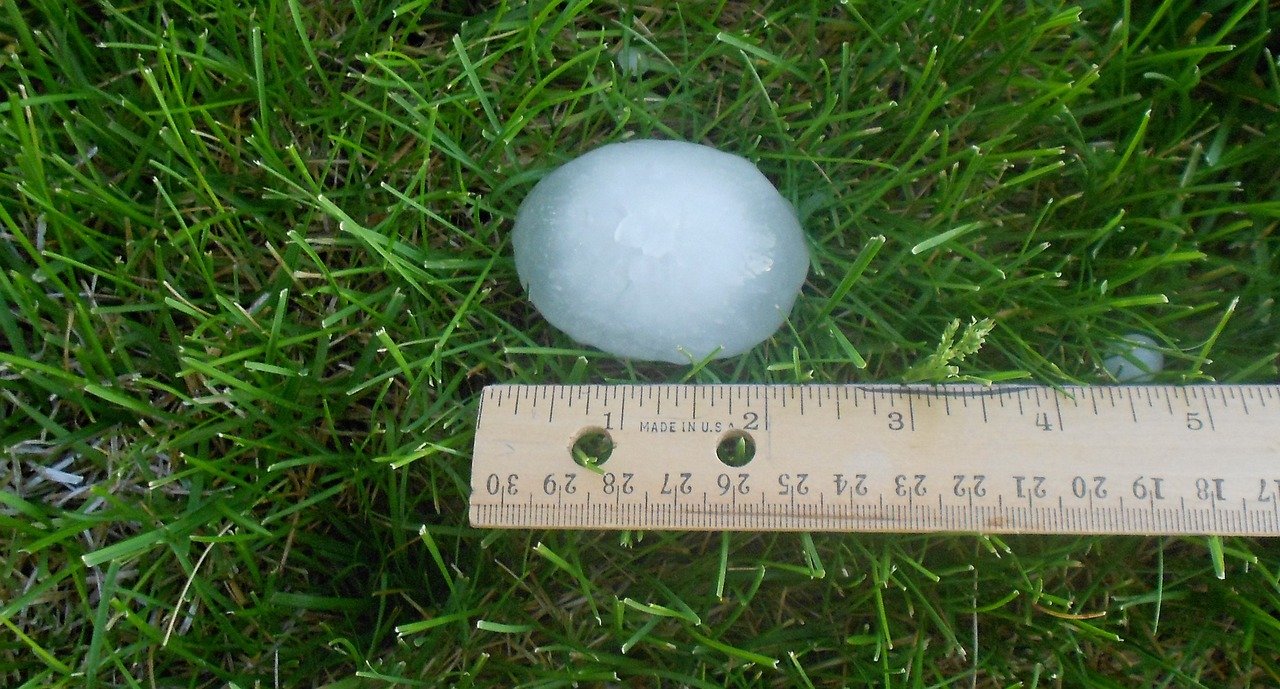
If you think a baseball-sized hailstone is terrifying, imagine something the size of a grapefruit hurtling toward your head at terminal velocity. Damage costs in San Antonio are estimated at $1.4 billion making this the costliest hailstorm in the history of Texas, before inflation. The April 2016 storm that hammered San Antonio wasn’t just destructive – it was historically devastating.
Estimates provided by the Insurance Council of Texas and include damage to 136,000 vehicles and 125,000 homes. When a single storm can damage more than a quarter-million properties in one city, you know you’re dealing with something that transcends typical weather events. The sheer scale of destruction left insurance adjusters scrambling and residents wondering if their city would ever look the same again.
The Great Texas Hail Record Breaker
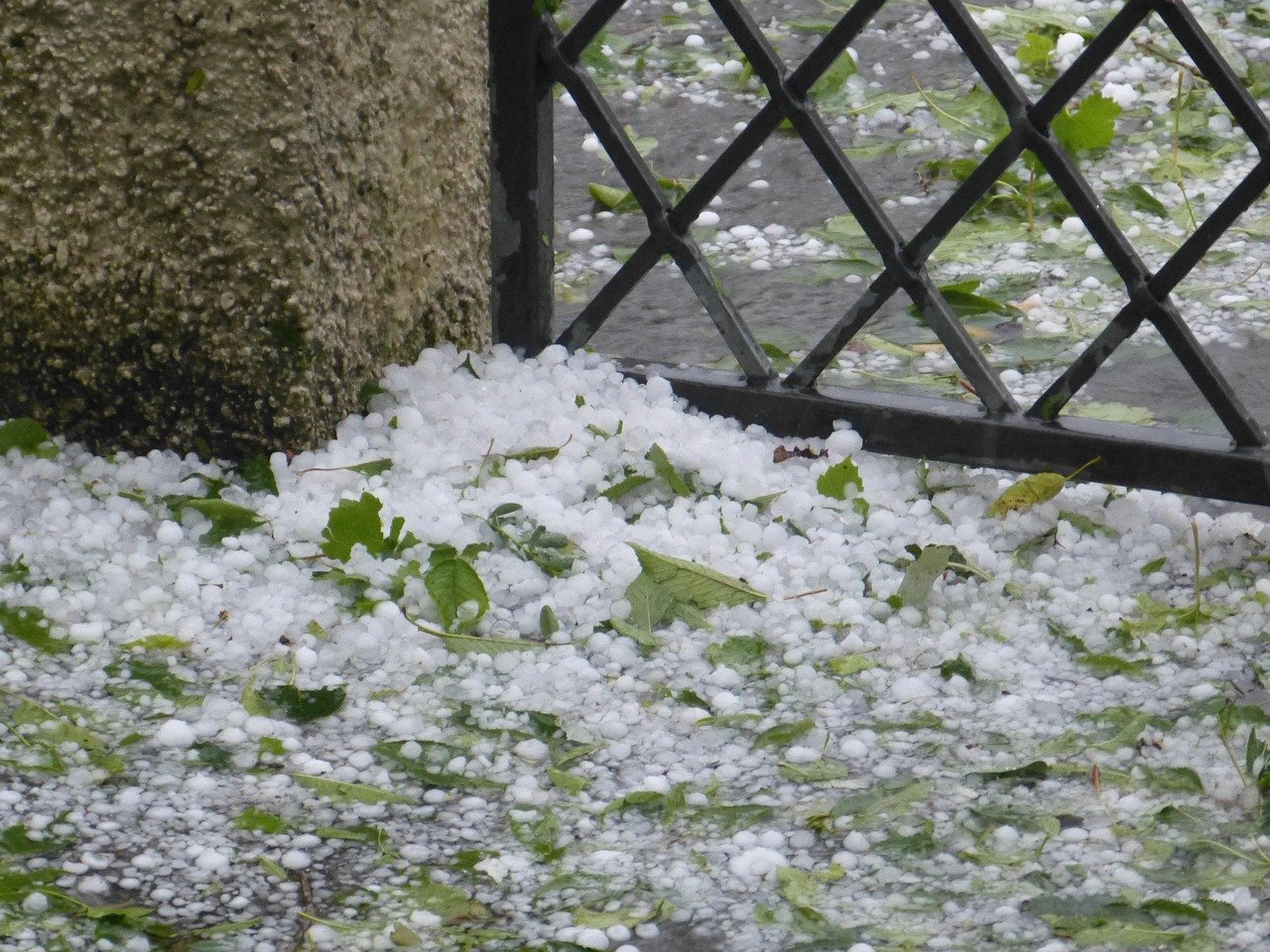
Imagine something the size of a small melon falling from the sky. That’s exactly what happened in Hondo, Texas, on April 28, 2021, when a hailstone measuring 6.4 inches across and weighing 1.26 pounds smashed the state record. To put it in perspective, this stone was larger than a softball. This wasn’t just a record – it was a physics-defying chunk of ice that had no business existing in our atmosphere.
The Hondo hailstone became an instant celebrity in meteorological circles, with weather enthusiasts making pilgrimages to see the frozen monster. Residents faced shattered windshields, roofs torn apart, and widespread property damage. When your state produces hailstones that could be mistaken for small bowling balls, you know you live in a place where the weather doesn’t play by normal rules.
The Denton Disaster That Defied Logic

In 2014, Denton was rattled by softball-sized hail that drove holes through many of the roofs and windshields it rained down upon. In total, the damages were estimated between $300 – $500 million. In the “Denton Storm,” 12,000 homes were damaged, and double the number of cars were impacted. This storm turned an entire city into what looked like a disaster movie set.
Residents described the sound as like machine gun fire mixed with the roar of a freight train. The worst damage was done in Denton where hail up to the size of softballs caused close to (at the time) $850 million in damage. The aftermath looked like a war zone, with entire neighborhoods needing complete roof replacements and car lots resembling junkyards.
The 1992 North Texas Catastrophe
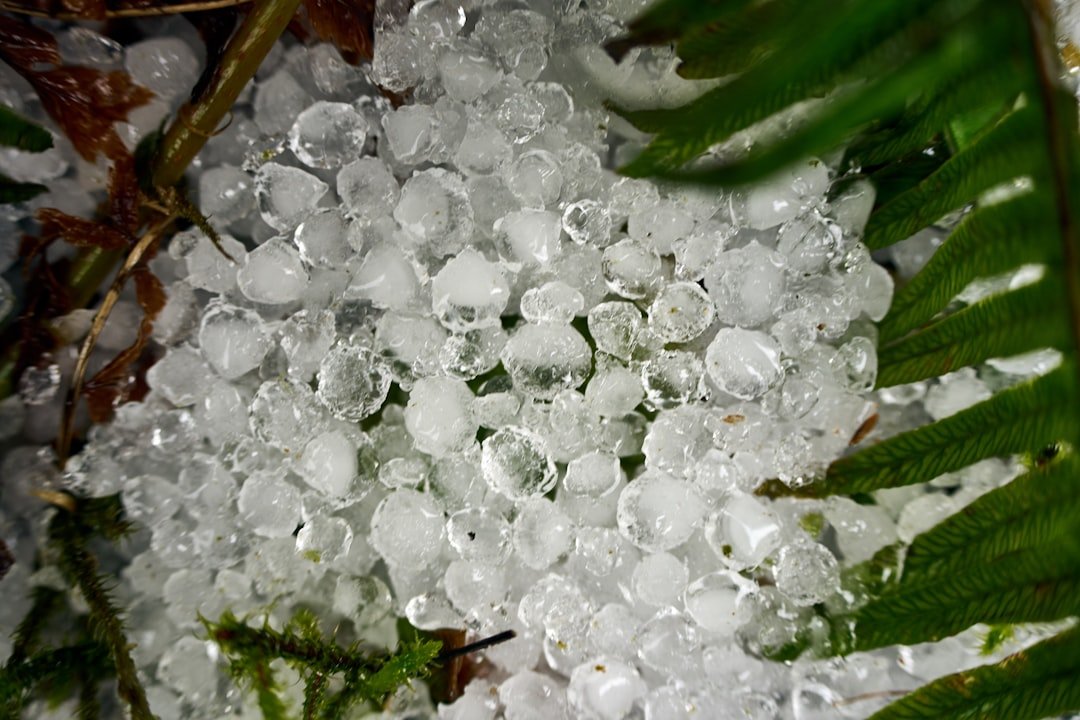
The evening of April 28, 1992, brought with it one of the most devastating hailstorms of all time, pummeling two areas approximately 100 miles apart. For nearly five hours, residents between Waco to Fort Worth braced as hailstones the size of grapefruits (4.5 in. diameter) smashed windows and decimated roofs. At the time, no other Texas hail storm in recorded history had ever come close to the amount of damage that was sustained that Spring evening.
Five hours of relentless bombardment from the sky – that’s not a weather event, that’s a siege. On this specific 1992 night, severe thunderstorms stretched across the Southeast United States, but North Texas took the brunt of the damage. According to a report from United Press International, seven people were rushed to the hospital when the storm’s high winds overturned mobile homes. The total damage is estimated at $1.21 billion. This storm redefined what Texans thought was possible from Mother Nature.
The McAllen Supercell That Wouldn’t Quit
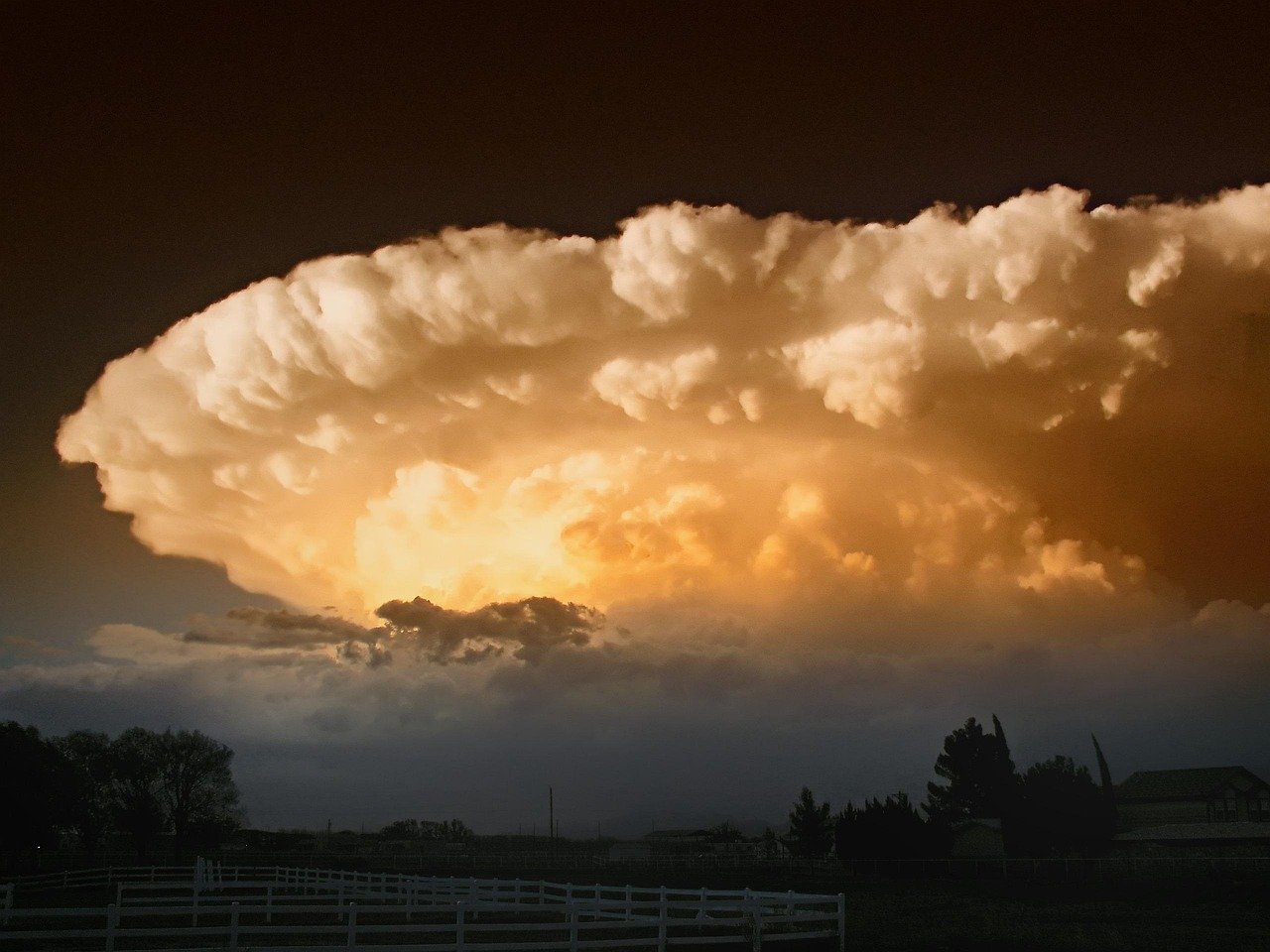
Weather experts called it a supercell thunderstorm that parked over McAllen, Texas, for an hour on March 29, 2012, blanketing the city with hail as large as baseballs. Residents had to deal with flooded streets and wind gusts that clocked in at 75 mph – hurricane strength. When a storm decides to set up camp over your city, you know you’re in for a wild ride.
According to a report from the U.S. Weather Service, 217 people were rescued from being trapped in hail- and wind-damaged homes and floodwaters. More than 1,000 homes and businesses were damaged, and more than 25,000 customers were without power during the peak of the storm. The Rio Grande Valley learned that day that geography provides no protection when the atmosphere decides to unleash its full fury.
2023’s Billion-Dollar Hail Parade

Storms in the Dallas-Fort Worth area in June 2023 caused an estimated $7 billion to $10 billion in insured losses, with 95% of the loss caused by hail. The CoreLogic report says it’s too early to determine if climate change caused so much damaging hail last year, but they clarify that the high cost of damages can be blamed on the rising cost of replacing roofs, windows and siding. This wasn’t just one storm – it was a parade of destruction that kept coming back for more.
In 2023, hailstorms affected over 2 million Texas homes, causing record-breaking insured losses. Cities like Dallas and Austin were hit hardest, with entire neighborhoods reporting severe roof and vehicle damage. For insurance companies, it was one of the costliest years in recent history. When two million homes get damaged in a single year from hail, you’re looking at a phenomenon that transcends weather and enters the realm of economic catastrophe.
The 2024 Hail Explosion
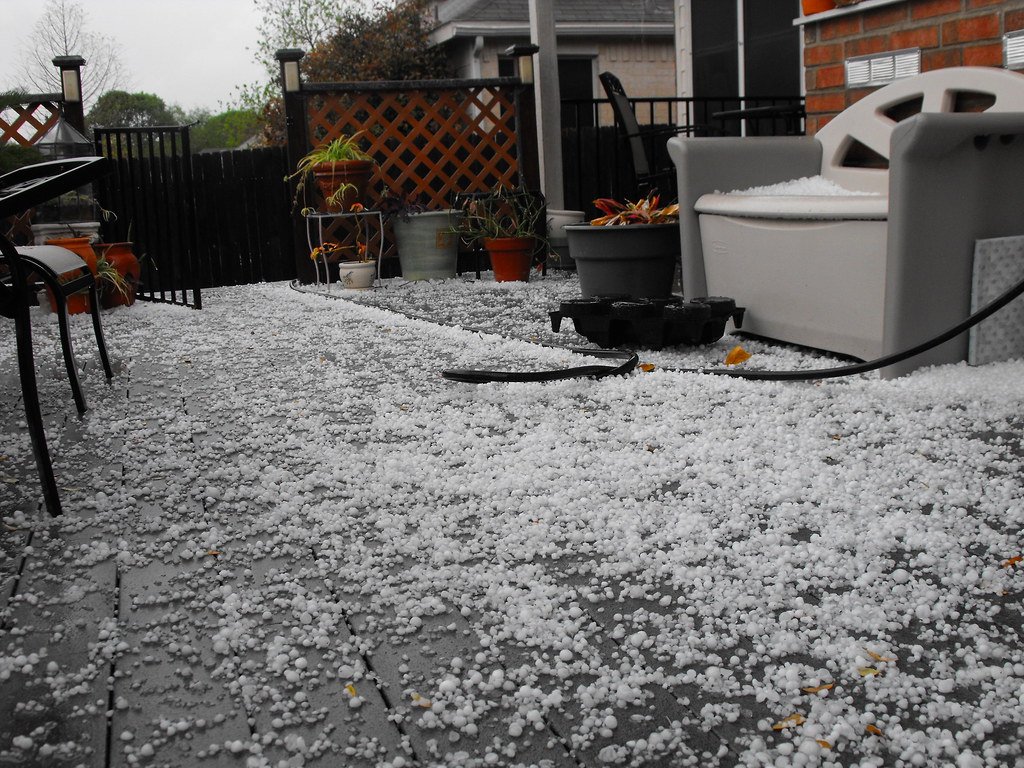
Texas took the worst drubbing of any state in 2024, logging 529 hail events, NOAA data shows. That’s a 167% increase over the number of hailstorms the state experienced in all of 2023. This wasn’t gradual climate change – this was like someone flipped a switch and turned the atmospheric violence up to eleven.
NOAA data indicates property damage in Texas averaged around $7.9 million last year. Preliminary data for 2024 suggests hail damage in the Lone Star State will top $28 billion. But NOAA’s data indicates Texas hailstorms likely caused more than $28 billion in property damage during the first four months of the year. These numbers aren’t just statistics – they represent millions of Texans whose lives were turned upside down by frozen projectiles from the sky.
The Deadly History Few Remember

While Texas hailstorms are legendary for their property damage, few people realize these storms have actually killed people. A tragic incident involving a farmer near Lubbock, Texas, on May 13, 1930, claimed the life of a lone individual caught in the midst of a hailstorm. The tranquil waters of Lake Worth, Texas, turned deadly on March 29, 2000, when a boater tragically lost their life due to the impact of hailstones.
According to various reports, hail fatalities are extremely rare in the United States, with documented cases including a farmer caught in his field near Lubbock, Texas on May 13, 1930, and other isolated incidents over the decades. These tragedies serve as sobering reminders that behind all the impressive statistics and viral videos, these storms pack lethal power.
The Economic Monster That Never Sleeps
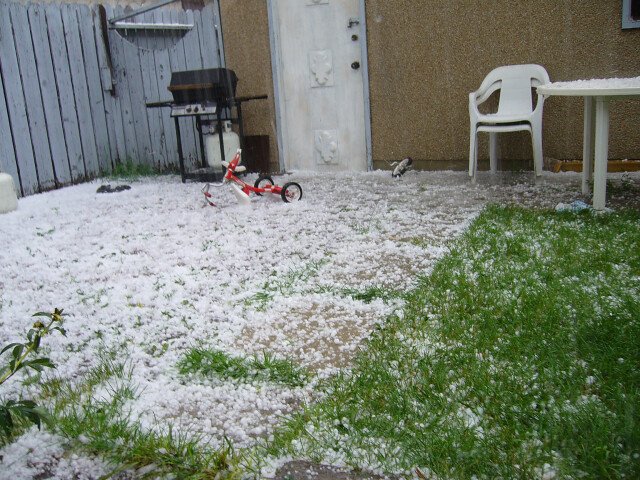
Hailstorms cost Texas an average of $338.6 million in property damage every year. This includes everything from shattered windows to stripped siding on homes. And that’s just the annual estimate – it doesn’t account for particularly destructive years. Think about that – even in a “normal” year, hail is costing Texas more than the GDP of some small countries.
On average, hail causes $2,207.73 in property damage per 100 residents every year. That’s more than any other state in the country, proving just how costly these storms can be. This means that statistically, every single Texan is paying a hidden hail tax whether they realize it or not. In 2022, Texas endured 14 storms causing over $1 billion each in damage – the highest number ever recorded in a single year for the state. This trend aligns with a significant increase in hail-related damage across the nation since 2008, with property losses exceeding $10 billion annually.

Linnea is a born and bred Swede but spends as much time as possible in Cape Town, South Africa. This is mainly due to Cape Town’s extraordinary scenery, wildlife, and atmosphere (in other words, because Cape Town is heaven on earth.) That being said, Sweden’s majestic forests forever hold a special place in her heart. Linnea spends as much time as she can close to the ocean collecting sea shells or in the park admiring puppies.

